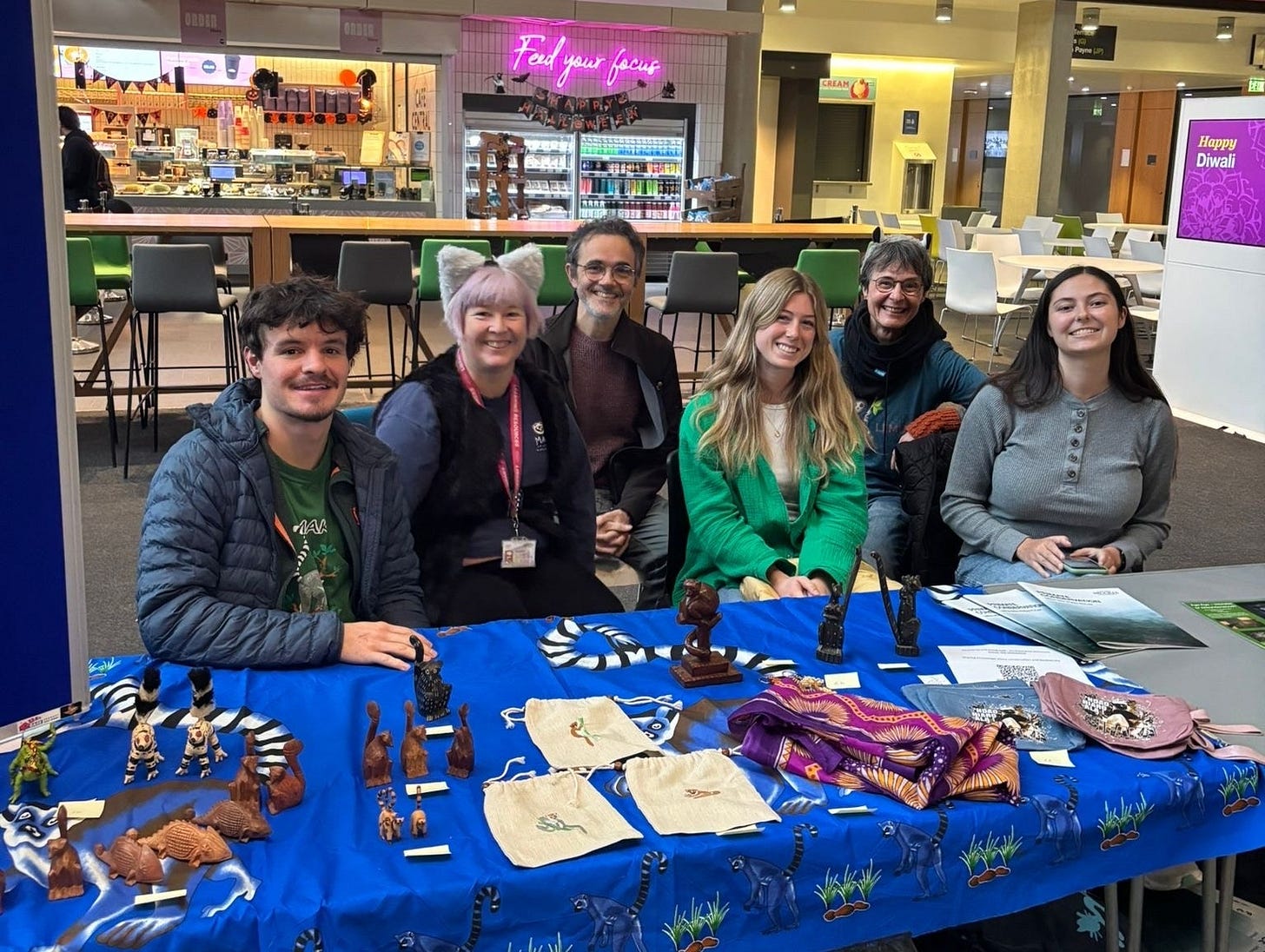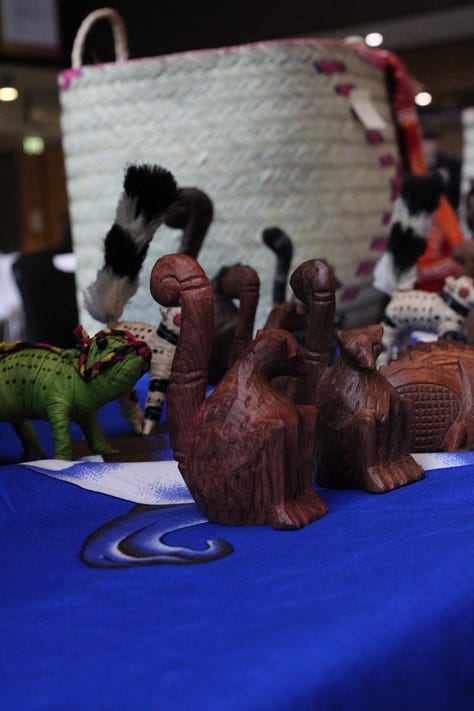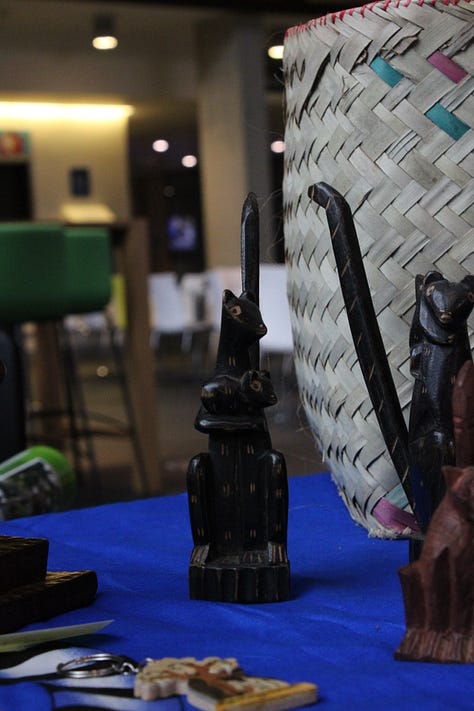Oxford Lemur Festival links science, culture—and classrooms in Madagascar
Oxford Brookes’ annual festival bridges conservation science with Malagasy culture, showing how classrooms can help save forests.

Every year on the last Friday of October, conservationists mark World Lemur Day — and at Oxford Brookes University, the occasion turns into a festival that blurs the line between science fair and cultural fair. This year’s theme, “Creepy vs Cute,” asked visitors to think again about the animals that make Madagascar famous.
Organised by the Nocturnal Primate Research Group, the event showcased student projects, a craft market sourced from Malagasy villages, and new research on how people perceive lemurs, especially the aye-aye.

Professor Giuseppe Donati, who leads the university’s Masters of Science (MSc.) in Primate Conservation, says lemurs aren’t just icons, they are “gardeners” of the forest. Current studies continue to show many lemur species disperse seeds that help regenerate native trees; losing lemurs would accelerate the decline of already fragmented forests.
Recent studies by Professor Donati and his colleagues show that both day-active and night-active lemurs play a vital role in replanting Madagascar’s forests, dispersing seeds that allow damaged habitats to recover. Their work also highlights how local traditions divide certain species into the ‘sacred’ and the ‘taboo’ — a distinction that often determines whether communities protect or persecute them.
But biology is only half the story. New findings led by Oxford Brookes’ researchers argue that conservation must respect local beliefs about the aye-aye. Long cast as a “bad omen” in some places, yet treated as a sacred being and even given funerary rites in others. The team calls for “context-sensitive” outreach that works with, not against, Malagasy cultural frameworks—a message organisers wove into the festival’s talks and family activities.



Dr Claire Cardinal, a visiting research fellow, recently back from north-west Madagascar, coordinated a stall of handmade goods to raise money for a partner primary school. In many rural districts in Madagascar, families have to help cover teacher stipends and materials. Proceeds from the festival will support lessons on biodiversity so that children learn why lemurs—and forests—matter.
Students, including Lesley McIlroy and Linus Coppersthwaite, presented projects on lemur activity patterns and the cultural perception of aye-aye. Their message was clear: science, culture and education have to move together if conservation is to work on the ground.
With World Lemur Day events also linked to partner zoos, organisers say small, steady funds can keep school programmes running and research teams operating in the field. The aim for the next year: expand classroom materials that join local knowledge with conservation science—so future forest “gardeners” have a future.


